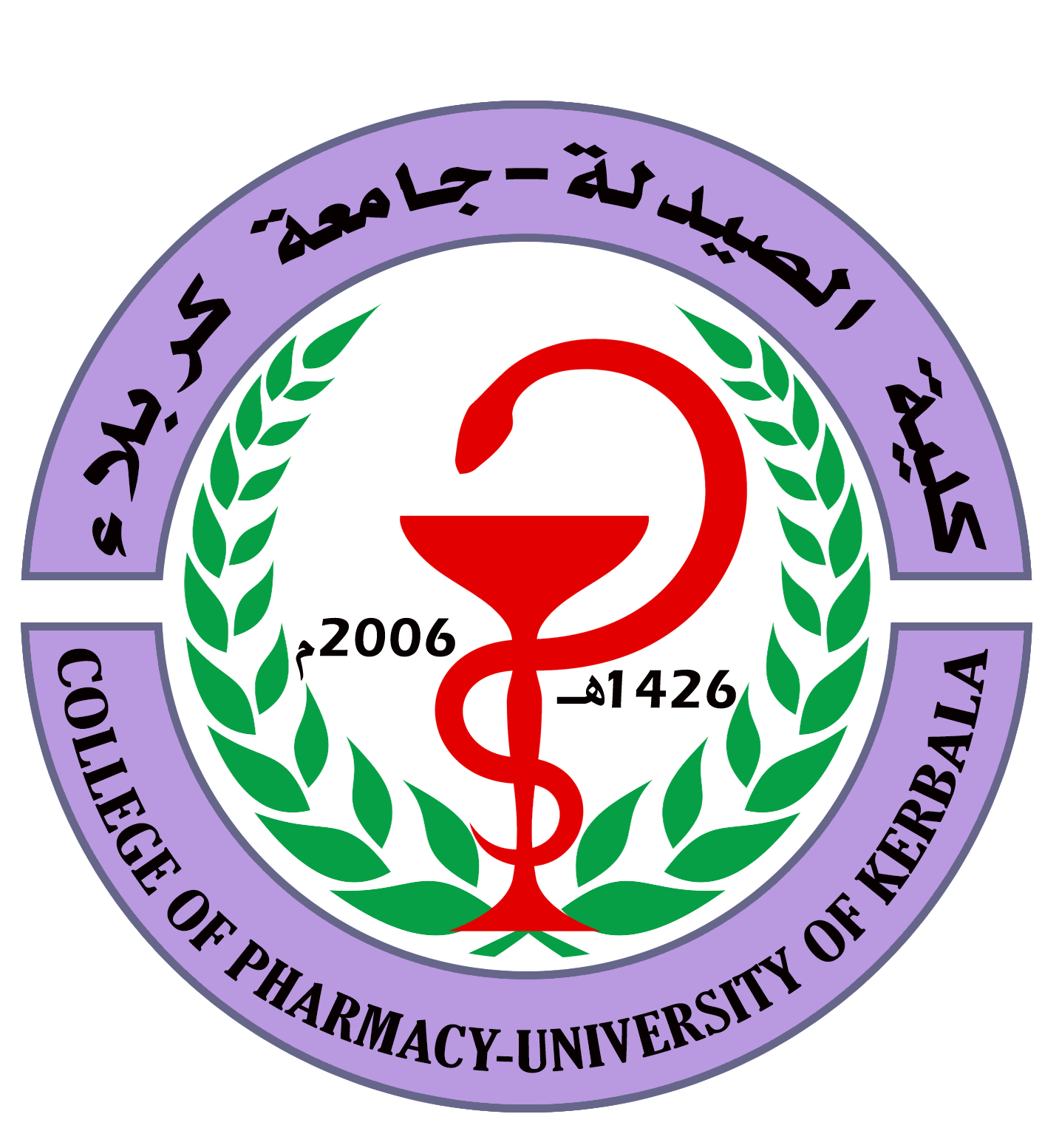Signature of IL-33 and Leptin as Early Progression Markers in Rheumatoid Arthritis
DOI:
https://doi.org/10.62472/kjps.v15.i24.156-171الكلمات المفتاحية:
Rheumatoid arthritis، Pro-inflammatory activity، RA synoviumالملخص
Background: Rheumatoid arthritis (RA) is a chronic, inflammatory, autoimmune disorder characterized by progressive and irreversible joint damage as a consequence of sustained synovitis. Adipokine levels and interleukin have been reported to be significantly increased in serum and synovial fluid (SF) of RA patients.
The study aimed to investigate the association between the levels of Leptin in the circulation of individuals with rheumatoid arthritis (RA).
Methods and Patients: The present work included a case-control study for a group of (90) samples: (60) patient samples and (30) healthy control samples. Patients with Rheumatoid arthritis were selected from Imam Hassan al-Mujtaba Hospital in Kerbala. The sociodemographic aspects of the patients were collected through the self-reported technique (student questionnaire). All patients underwent clinical history, clinical examination, and relevant laboratory investigations. The degree of rheumatoid was identified based on the evaluation of laboratory measurements for the clinical assessment of rheumatoid arthritis. An enzyme-linked immunosorbent assay system (ELISA) was performed using the sandwich-ELISA method to measure the concentrations of serum IL-33. At the same time, a competitive enzyme immunoassay kit was used to detect human Leptin in serum samples quantitatively. Statistical analysis was performed, and the efficiency of the predicting value was assessed using the receiver operating characteristic (ROC) curve.
Results: Results indicated a significant difference in IL-33 and Leptin hormone levels among the study groups, which increased with increasing age, BMI, and duration of the disease. Both biomarkers showed highly significant differences in such disease and represented a risk factor. Leptin was illustrated to be a three-time risk factor for Rheumatoid arthritis disease compared to IL33. AUC analysis for IL-33 as a diagnostic parameter showed that IL-33 performs well in predicting such cases.
Conclusion: This study confirms a significant association between elevated leptin and IL-33 levels in RA patients, with leptin showing a three-fold higher risk than IL-33. Both biomarkers increase with age, BMI, and disease duration, highlighting their potential role in RA progression and diagnosis.










